| CHAPTER II.
POSTURE IN LABOR. Labor Among Primitive Peoples | ||
(d.) Semi-recumbent Position, Strictly Speaking.
Although I have grouped as semi-recumbent all the positions last spoken of, I will, in this subdivision, confine the use of the expression more closely, and will class as semi-recumbent, strictly speaking, only those positions in which the patient assumes the dorsal decubitus with the head and shoulders raised, the axis of the body inclined at an angle of about forty-five degrees.
Like many other of these curious positions, this one is found in our own States, but seems to have come to us from the French settlers in the north. In Vermont, some thirty years ago, a semi-recumbent position was customary, which may either be looked upon as a rude imitation of the obstetric chair, or as a semi-recumbent position, strictly
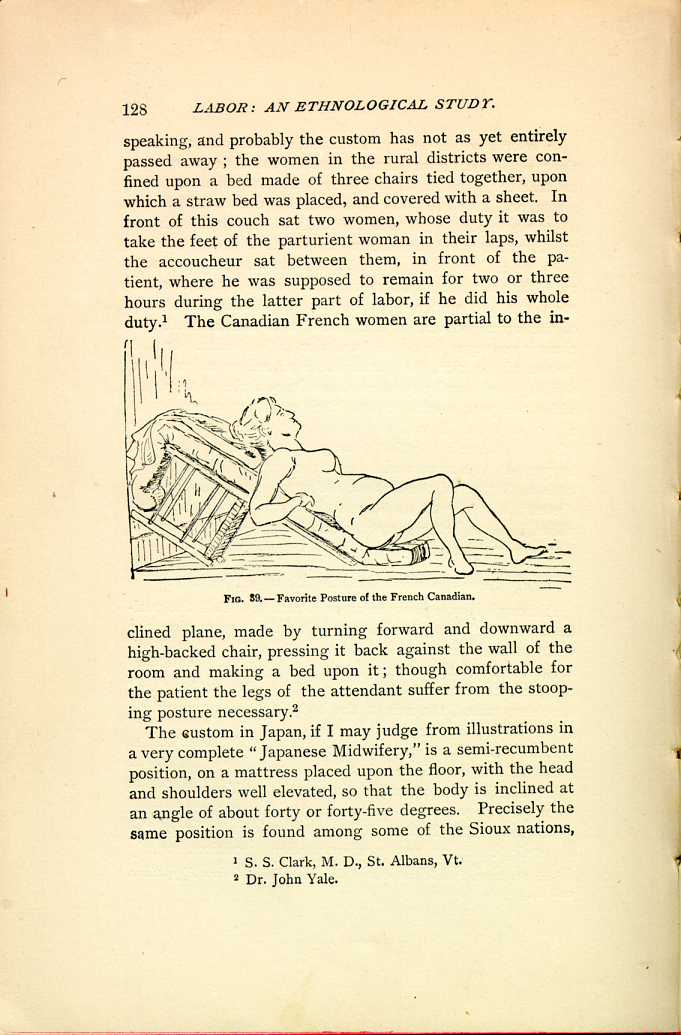
FIG. 59.—Favorite Posture of the French Canadian.
[Description: Pregnant woman reclines on an inclined surface created by propping an overturned chair against the wall and covering it with bedding.]The custom in Japan, if I may judge from illustrations in a very complete "Japanese Midwifery,'' is a semi-recumbent position, on a mattress placed upon the floor, with the head and shoulders well elevated, so that the body is inclined at an angle of about forty or forty-five degrees. Precisely the same position is found among some of the Sioux nations,
The Ute, Comanche, Apache, Navajoe, and Nez-Percés
woman is also confined in the semi-recumbent dorsal position,
the head and shoulders of the patient being frequently
supported in the lap of an attendant, while the patient has
access to a rope or brace placed within
reach.[119]
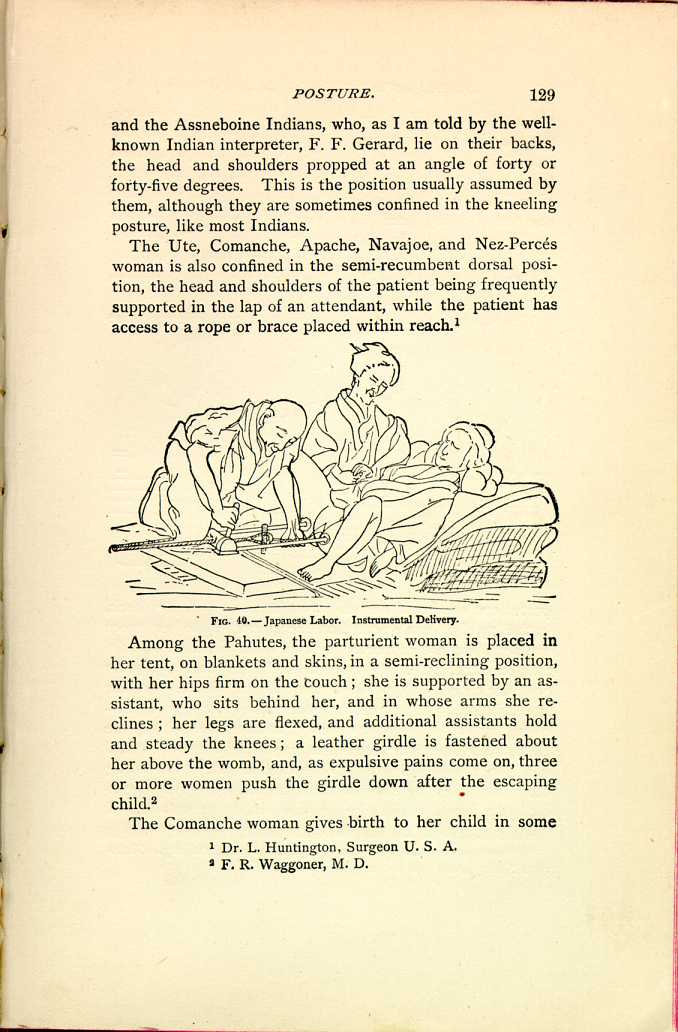
FIG. 40.—Japanese Labor. Instrumental Delivery.
[Description: Woman reclines on floor, with upper body elevated by bedding.
One person works with instruments designed to assist delivery while
another person sits nearby. Black and white illustration.]
Among the Pahutes, the parturient woman is placed in her tent, on blankets and skins, in a semi-reclining position, with her hips firm on the couch; she is supported by an assistant, who sits behind her, and in whose arms she reclines; her legs are flexed, and additional assistants hold and steady the knees; a leather girdle is fastened about her above the womb, and, as expulsive pains come on, three or more women push the girdle down after the escaping child.[120]
The Comanche woman gives birth to her child in some
The Hindoos seem to find the position convenient, as the
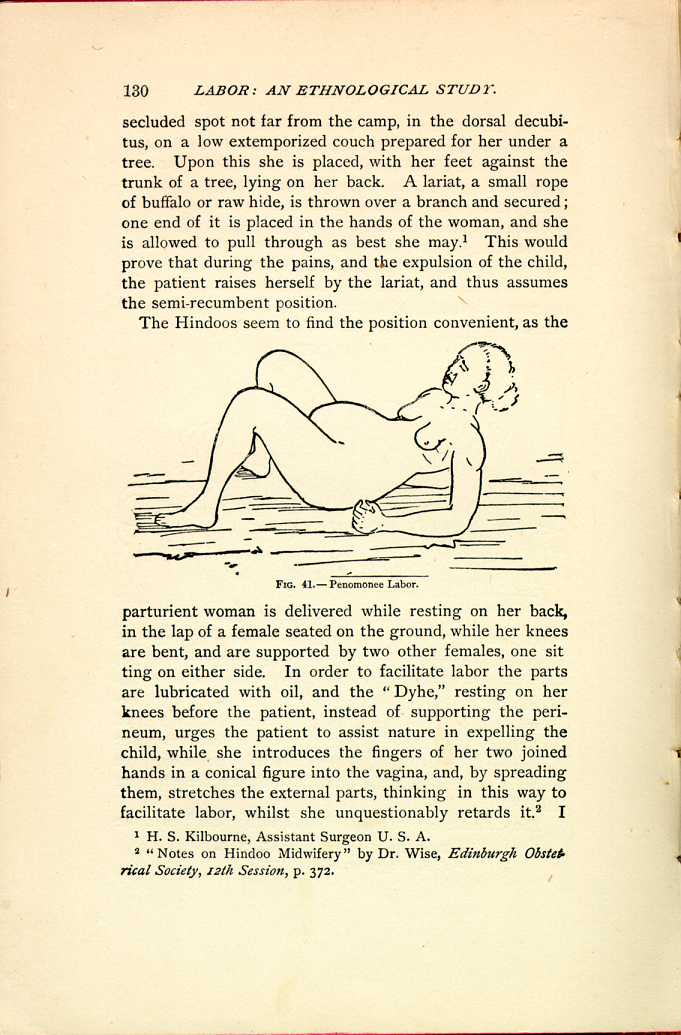
FIG. 41.—Penomonee Labor.
[Description: Woman reclines on floor, her upper body propped up on her
elbows, her knees bent and legs spread.
Black and white illustration.]
The dorsal decubitus, with the body at an angle of forty
or forty-five degrees, was common among the Romans.
Moschion describes it. Celsius[123]
and Paul of Ægina[124]
recommend
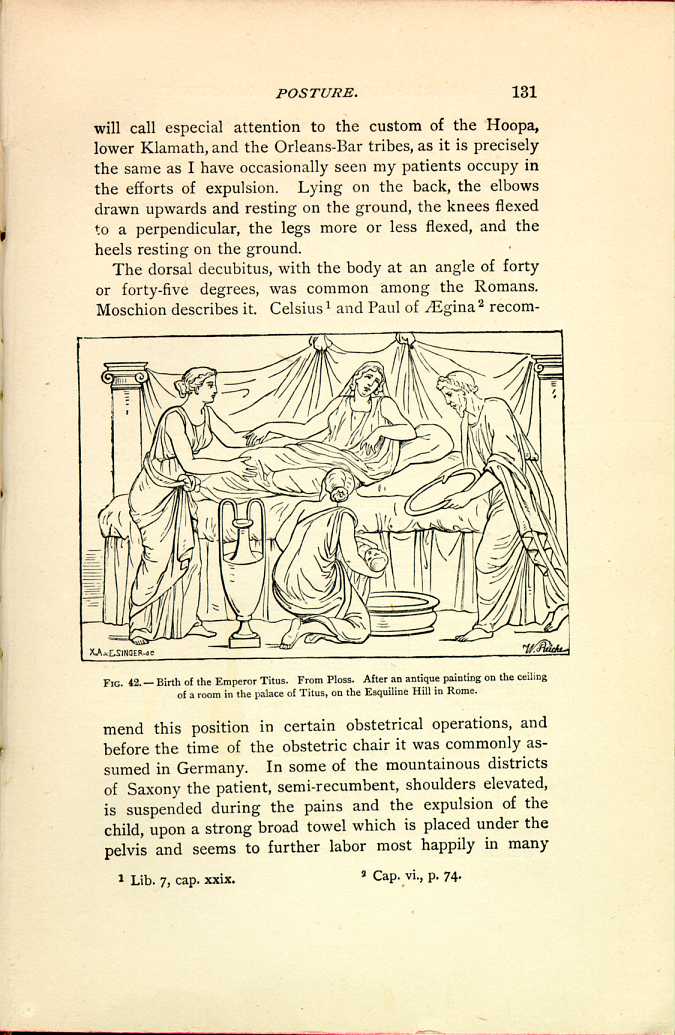
FIG. 42.—Birth of the Emperor Titus.
From Ploss. After an antique painting on the
ceiling of a room in the palace of Titus,
on the Esquiline Hill in Rome.
[Description: Woman reclines in bed as three other persons attend her, one
kneeling beside the bed with the newborn baby.]
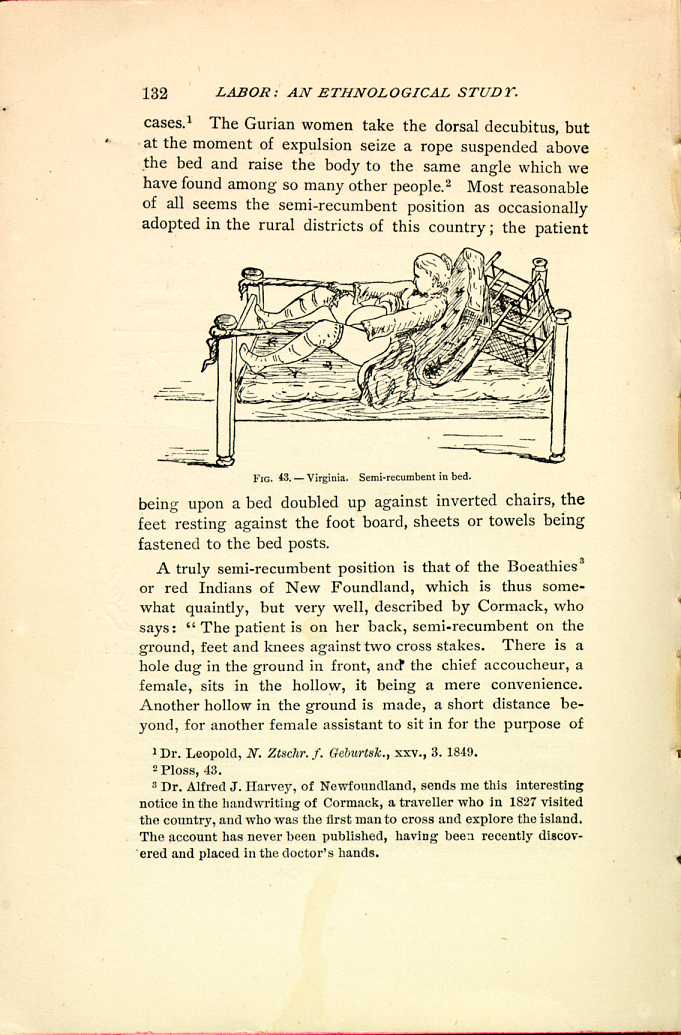
FIG. 43.—Virginia. Semi-recumbent in bed.
[Description: Woman reclines in bed, her upper body propped up by an overturned chair covered with bedding. In each hand, she holds a rope tied to a bedpost at the foot of the bed. Black and white illustration.]A truly semi-recumbent position is that of the Boeathies[127] or red Indians of New Foundland, which is thus somewhat quaintly, but very well, described by Cormack, who says: "The patient is on her back, semi-recumbent on the ground, feet and knees against two cross stakes. There is a hole dug in the ground in front, and the chief accoucheur, a female, sits in the hollow, it being a mere convenience. Another hollow in the ground is made, a short distance beyond, for another female assistant to sit in for the purpose of
Among the Turks, also, the semi-recumbent position prevails, but more erect, seated on ground, stool or chair.[128] Their customs are extremely interesting, as in many of the interior provinces they still cling to their primitive ways.
During the fifth or sixth month of pregnancy the abdomen is compressed by a firm bandage, and this pressure is kept up until full term to prevent the child from growing too large. Abortion is frequent, and is produced by breaking the membranes and allowing the water to escape. Delivery is always accomplished on the lap of an assistant, or seated in a semi-recumbent position on a bed or low stool, or even on the ground, leaning against the stump of a tree or the wall of a house, or some other convenient point. Thus we may say that it is always a sitting posture, either upon the lap of an assistant, upon the ground, or upon the obstetric chair.
Until recently, and even now in distant villages, it is still the custom for the midwife to carry with her the obstetric chair. This, according to my informant, is of a peculiar kind; a large, wooden seat, back chair with a circular opening cut into the front part of the seat, in this differing from all known forms of the obstetric chair, which consist of a mere semi-circular excavation in the seat, this, however, being a complete circle. This carrying about of the chair is the same custom which we have referred to in Syria and other Eastern countries, although the shape of the chair is different. In difficult labor the patient is placed upon a blanket held by four or six persons, and upon this she is rolled about, not tossed up and down as we have seen it customary in other countries.
During the earlier stages the patient lies at will, usually on her back, on a mattress placed on the ground; as labor advances, and the pains increase, one of the stronger of the women present takes the parturient on her lap, compresses the abdomen by her encircling arms, and urges the sufferer to bear down with all her weight. Various other methods are resorted to for the purpose of increasing the pains: thus the bent knees of the patient are constantly and severely jarred, or cold water is forcibly thrown upon the abdomen.
Their midwives are very fond of endeavoring to hasten labor by prematurely rupturing the membranes, cutting them with a sharp piece of salt—often cutting into the scalp as well.
The root of the Alizari (rubia tinctoria) is considered as an emenagogue by the nomadic Turucks, and during childbed the same remedy is resorted to to call forth the lochia when once checked.
In former times bleeding during pregnancy was resorted to with a view of preventing convulsions of the new-born, but is now pretty well given up.
| CHAPTER II.
POSTURE IN LABOR. Labor Among Primitive Peoples | ||